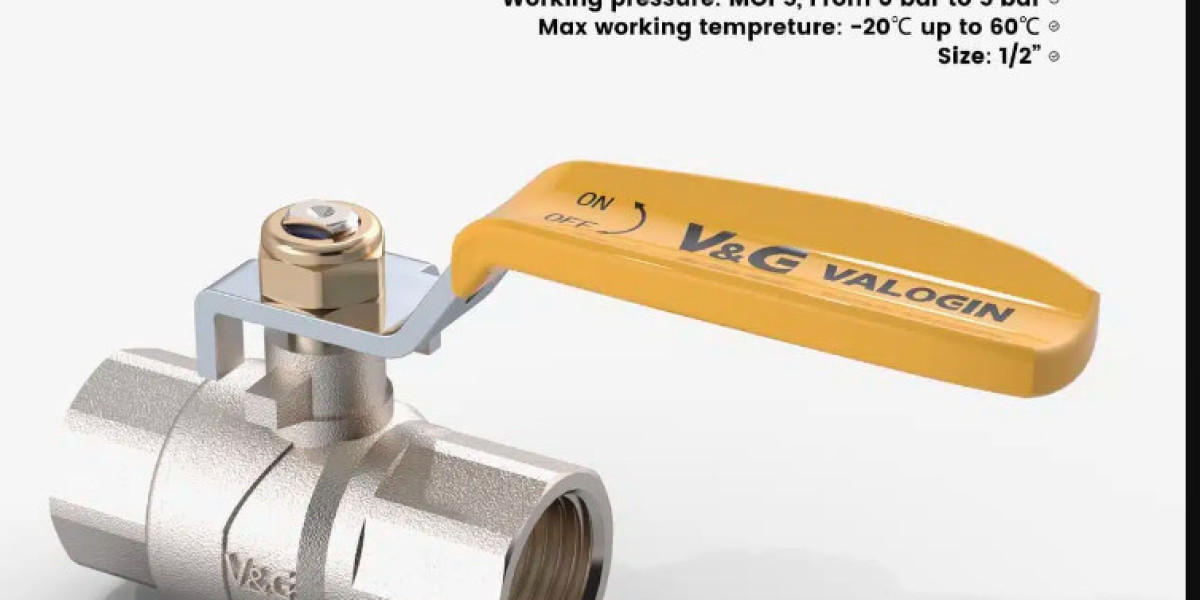Gas ball valve in lever handles play a crucial role in regulating the flow of gas in various applications. Whether it’s for residential or industrial use, these valves ensure safety and control. In this article, we’ll dive deep into understanding what gas ball valves in lever handles are, how they work, their benefits, and their applications.
Gas ball valves in lever handles are essential components in gas distribution systems, providing a convenient and secure way to control the flow of gas. From residential homes to industrial settings, these valves ensure that gas flow can be easily manage.
Understanding Gas Ball Valves
What is a Gas Ball Valve?
A gas ball valve is a type of valve use to control the flow of gas in a pipeline or system. It is name for its spherical disc, which is often refer to as the “ball.” This ball has a hole through the center that can be aligner with the direction of the flow to allow gas to pass through, or rotate to block the flow
Gas ball valves are commonly used in various applications where precise control over the gas flow is essential. They are designed for easy operation, often requiring only a quarter turn of the valve handle to open or close the valve completely. This simple and quick operation makes them highly efficient and reliable.
One of the key features of gas ball valves is their ability to provide a tight shut-off. When the ball is rotated to the close position, it forms a secure seal against the valve seats, preventing any gas from passing through. This feature is crucial for safety, especially in situations where the gas flow needs to be completely stop in case of emergencies or maintenance.
pical gas ball valve consists of several components:
- Valve Body: The outer casing that houses the internal components.
- Ball: The spherical disc that controls the flow.
- Stem: The lever-like handle used to turn the ball.
- Seats: The sealing surfaces that ensure a tight shut-off.
- Ports: Openings in the valve for gas to enter and exit.
- Packing: The material that prevents leaks around the stem.
Working Principle
The working principle of a gas ball valve revolves around its design that enables precise control of gas flow. The valve consists of a spherical ball with a hole through its center. This ball is position inside the valve body, where it can be rotate by the valve handle.
When the valve is in the open position, the hole in the ball aligns with the flow path of the pipeline. This allows gas to pass through the valve without obstruction, facilitating a smooth flow. In this state, the handle is usually parallel to the pipeline, indicating that the valve is fully open.
Conversely, when the valve handle is turn perpendicular to the pipeline, the ball inside the valve rotates by 90 degrees. As a result, the hole in the ball becomes perpendicular to the flow path, effectively blocking the passage of gas. This closed position ensures a secure shut-off, preventing any gas from flowing through the valve.



